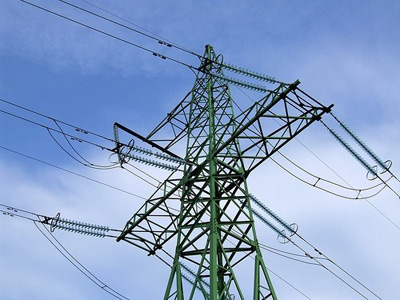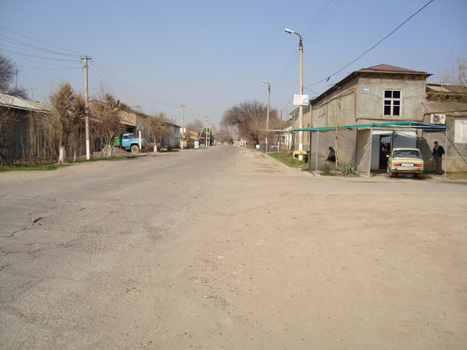

PROJECT TITLE: WB Project: P153801- Social Impact Assessment (SIA) for the " Energy Subsidies in Uzbekistan: Impact and Way Forward" Technical Assistance
CLIENT: World Bank
PERIOD: 2015
PROJECT AIM
The objective of the qualitative field survey is to (i) assess existing energy needs and useas well as energy supply service conditions of households and heads of schools and clinics in urban, peri-urban and rural areas of Uzbekistan with special attention to the experiences of women, (ii) explore possible welfare effects of energy subsidy reform on households in the country as well as willingness to pay for improved service delivery, (iii) review experiences and attitudes of households and heads of schools/ clinics to energy saving measures, and (iv)identify measures for mitigating any adverse social impacts on the most vulnerable households, such as the elderly, families with children and female-headed households, as well as those in the bottom of the income distribution.
DESCRIPTION OF ACTUAL SERVICES PROVIDED IN THE ASSIGNMENT
The qualitative field survey consisted of a number of components including focus group discussions, in-depth interviews with key informants and mini-case studies.
-Focus group discussions (FGDs): FGDs were conducted in all regions of Uzbekistan. These latter included wealth groups, area of residence (oblast centers, raion centers and rural areas) and gender. A total of 36FGDs were conducted.
-40 in-depth interviews were conducted with key informants such as service providers, heads of schools, clinics as well as of Mahallas and hokimiyats. They were conducted in the same sites as the FGDs.
-Seven mini-case studies were conducted with vulnerable households to provide an in-depth understanding of livelihoods and energy needs and use by selected households that can serve as an illustration of the findings. They were conducted in the same sites as the FGDs.
For the purposes of contract preparation and costing, the following deliverables were agreed between the World Bank and Al Mar Consulting for primary data collection and presentation:
-Draft field guides for FGDs, key informant interviews and mini-case studies.
-Final questionnaires and field guides based on completed pilots,four for the FGDs and one for the in-depth interviews.
-Transcripts (in Russian) of all 36 FGDs, 20 in-depth interviews and 7 Mini-case studies. These were to be summarized in English according to an agreed format that include the completed exercises and presented to the World Bank.
-Photographs to be taken of energy infrastructure / instruments relevant to study should be labelled with city location, activity, and brief description.